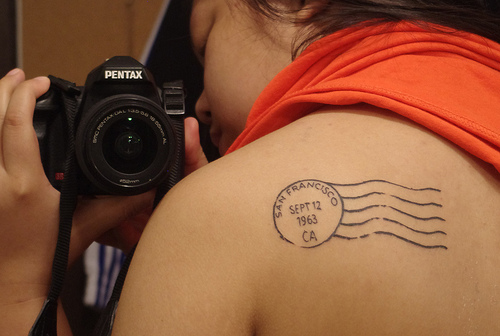Dates Add Context
Using a date in your newsletter sends a signal to your reader about how often they can expect to hear from you. Not everyone will realize your newsletter is biweekly or monthly or quarterly, even if you've said it somewhere inside.
Inside, near the top, the format of the date sends a message.
- Using month-year signals it's monthly but might also be used for less frequent, too.
- Using the specific date tends to signal a more frequent distribution. But not always because I also recommend this date format if you want to simulate the feel of a personal letter.
- Using season-year signals quarterly or less frequent. (e.g. Summer 2016)
- Using month-year sends a clear message that it's a monthly newsletter as it sits in an inbox.
- Using a specific date in a more frequent mailing helps your subscribers easily trash out of date issues.
Dates add context, online or off. I usually check the copyright date of a book before buying it. Likewise, a date on a blog post tells me how current the information is.
photo by abalagotphotography / Flickr
photo by abalagotphotography / Flickr











Comments
Post a Comment